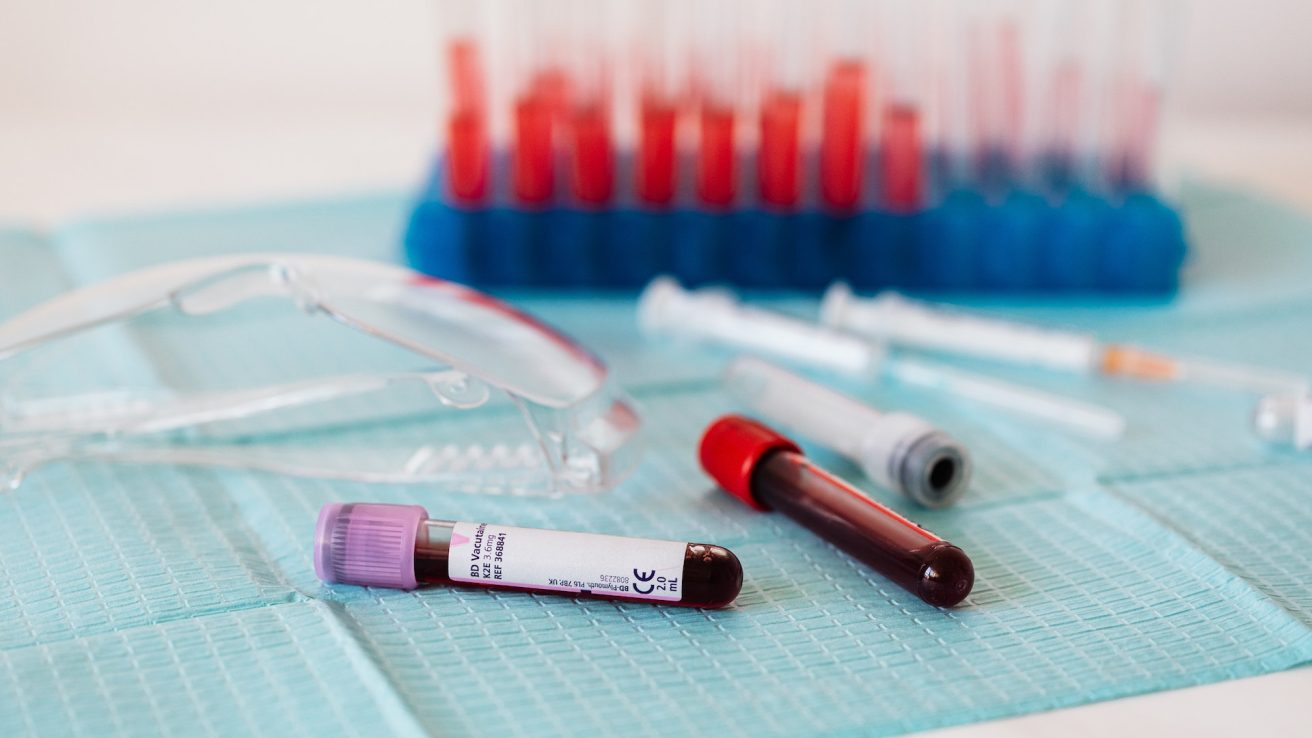A recent study concludes that cerebrospinal fluid/serum albumin quotient and platelet-to-lymphocyte ratio can effectively serve as independent disease severity markers for neuromyelitis optica spectrum disorder.
Neuromyelitis optica spectrum disorder (NMOSD) is an autoimmune inflammatory disease that primarily affects the optic nerves and the spinal cord. The disease often leads to severe disability over time.
A study in the journal Neurological Sciences assessed the potential relationship between inflammation markers and blood–brain barrier (BBB) biomarkers and their association with disability in NMOSD patients in China.
Patient Characteristics
A total of 72 NMOSD patients (65 females, 7 males) and 72 healthy controls (63 females, 9 males) were included in the study. No significant differences in age or gender were observed between the patient and control groups. NMOSD patients showed higher levels of inflammation markers than controls.
Correlation of Blood–Brain Barrier Disruption Biomarkers with Disability Scores
All biomarkers of BBB disruption showed a significant positive correlation with Expanded Disability Status Scale (EDSS) scores; these included cerebrospinal fluid (CSF)/serum albumin ratio (Qalb) (p<0.001), CSF/serum total IgG ratio (QIgG) (p<0.001), CSF/serum total IgA ratio (QIgA) (p<0.001), and CSF/serum total IgM ratio (QIgM) (p<0.001).
Additionally, platelet-to-lymphocyte ratio (PLR) was positively correlated with the EDSS score (p<0.001). EDSS showed no significant correlation with neutrophil-to-lymphocyte ratio (NLR), monocyte-to-lymphocyte ratio (MLR), or C-reactive protein (CRP).
Optimal Cut-Off Values for Predicting Acute NMOSD With EDSS ≥4
The cut-off values of Qalb, QIgG, QIgA, QIgM, and PLR were determined using receiver operating characteristic (ROC) curve analysis to predict acute NMOSD with EDSS ≥4. These optimal cut-off values were 6.43 for Qalb (area under the curve (AUC): 0.8158, sensitivity: 72.2%, specificity: 82.4%, p<0.0001), 3.125 for QIgA (AUC: 0.7985, sensitivity: 80.6%, specificity: 70.6%, p<0.0001), 2.025 for QIgG (AUC: 0.7917, sensitivity: 63.9%, specificity: 85.3%, p<0.0001), 0.695 for QIgM (AUC: 0.7741, sensitivity: 69.4%, specificity: 76.5%, p<0.0001), and 113.94 for PLR (AUC: 0.7622, sensitivity: 63.9%, specificity: 85.3%, p=0.0001). AUC for NLR, MLR, and CRP did not reach statistical significance.
Qalb and PLR as Independent Markers for NMOSD Severity
The patients were divided into groups based on Qalb and PLR cut-off values. The group with Qalb >6.43 demonstrated a significantly higher incidence (77.42%) of acute moderate-to-severe NMOSD than the group with Qalb ≤6.43 (29.4%) (p<0.001). Similarly, the group with PLR ≥113 showed a significantly higher incidence (80%) of acute moderate-to-severe NMOSD than the group with PLR<113 (30.95%) (p<0.001). Moreover, the group with PLR ≥113 and Qalb >6.43 demonstrated a remarkably higher incidence (94.74%) of acute moderate-to-severe NMOSD than the group with PLR<113 and Qalb ≤6.43 (14.81%) (p<0.0001).
Univariate analysis revealed significant associations between NMOSD severity and Qalb (p=0.000), PLR (p=0.000), and combined PLR and Qalb (p=0.001). Multivariate analysis confirmed the significance of Qalb (p=0.001) and PLR (p=0.000), highlighting their potential as independent markers for NMOSD severity.
Source:
Yan, H., Wang, Y., Li, Y., Shen, X., Ma, L., Wang, M., Du, J., Chen, W., Xi, X., & Li, B. (2023). Combined platelet-to-lymphocyte ratio and blood-brain barrier biomarkers as indicators of disability in acute neuromyelitis optica spectrum disorder. Neurological Sciences. https://doi.org/10.1007/s10072-023-07058-3










